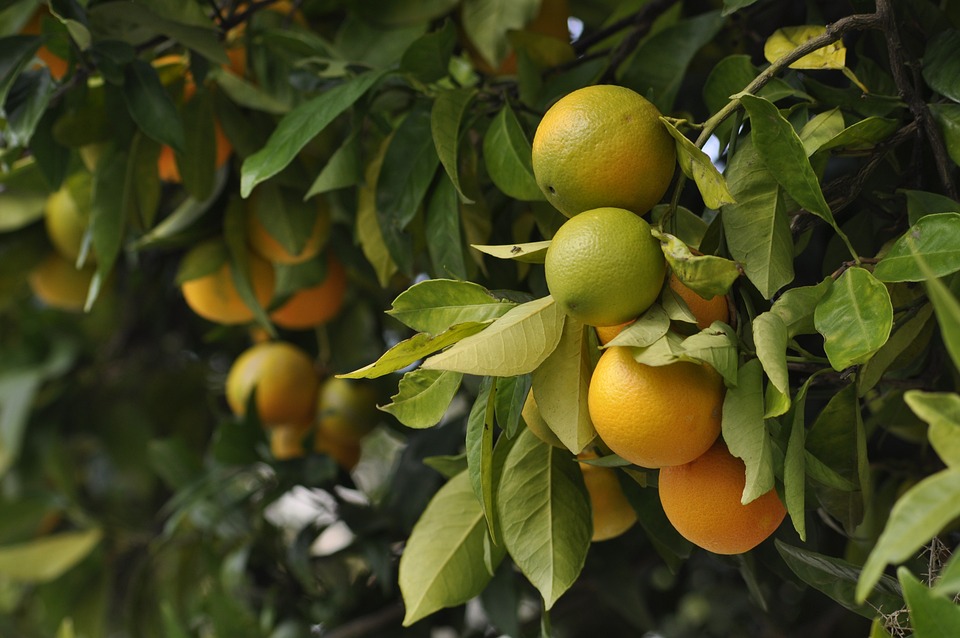From Farm to Fork: The Rise of Sustainable Farming Practices
From Farm to Fork: The Rise of Sustainable Farming Practices Imagine waking up in the morning to the sweet symphony of birds chirping, feeling the cool breeze sweep through your hair, and basking in the scent of freshly bloomed flowers. Down the road, a vibrant community hums with the energy of like-minded individuals who have embraced sustainable farming and gardening practices. This is the reality I have been fortunate enough to experience as someone who loves sustainable farming and gardening, living a self-sufficient and off-the-grid lifestyle. Join me as we dive into the wonderful world of sustainable farming practices and explore how they are revolutionizing our food systems. Sustainable farming has taken the world by storm, offering an alternative approach to conventional and industrialized agricultural methods. As a passionate advocate for this movement, I have witnessed first-hand the incredible benefits of sustainable farming practices. Not only do they promote a healthier connection with nature, but they also yield nutritious and healthier crops, all while preserving our precious environment. One of the primary pillars of sustainable farming is organic farming. By eliminating the use of harmful chemicals, pesticides, and synthetic fertilizers, organic farmers ensure that their crops are free from toxins. The result is an abundant harvest of nutrient-rich produce that not only nourishes our bodies but also helps protect the fragile ecosystem. By choosing to support local organic farms, we encourage a shift towards a cleaner and more sustainable food system. Another key aspect of sustainable farming is permaculture. This innovative approach emphasizes maximizing efficiency within agricultural systems by mimicking natural ecosystems. By studying the interactions between various organisms, permaculture designs create self-sustaining systems that require minimal human intervention. From polyculture planting, where different crops coexist harmoniously, to the creation of wildlife habitats, permaculture fosters a mutually beneficial relationship between plants, animals, and human beings. By incorporating these practices on a small scale, we can all make a positive impact and promote biodiversity in our little corners of the world. For those seeking an even closer connection to their food, sustainable gardening practices offer a delightful opportunity to transform our backyards into bountiful green havens. Whether you have a sprawling field or a tiny balcony, anyone can become a sustainable gardener. Container gardening, vertical gardening, and square foot gardening are just a few examples of how you can optimize limited space and still grow your own organic vegetables and herbs. By embracing sustainable gardening, we not only reduce our carbon footprint but also increase our self-sufficiency and reconnect with the age-old tradition of cultivating our own food. Now that we have explored the fundamentals of sustainable farming practices, let’s delve into some pro tips to help you embark on your own sustainable farming journey: 1. Start small: Don’t get overwhelmed by the idea of transforming your entire plot of land overnight. Begin with a small garden bed or a few containers, and gradually expand your sustainable farming efforts as your confidence and knowledge grow. 2. Embrace permaculture principles: Experiment with interplanting different crops to maximize space and boost crop health. Incorporate companion plants that provide mutual benefits, such as nitrogen-fixing legumes or plants that naturally repel pests. 3. Compost like a champ: Invest time and effort into creating your own compost pile or bin. By recycling kitchen waste and organic matter, you can nurture nutrient-rich soil that will enhance the growth of your plants without relying on harmful fertilizers. 4. Save seeds: Harness the cycle of life by saving seeds from your best crops each year. Not only does this promote biodiversity, but it also reduces your reliance on commercially produced seeds. 5. Join a community: Sustainable farming is more enjoyable when shared with others. Seek out local gardening clubs or community-supported agriculture programs, where you can connect with like-minded individuals and gain valuable knowledge and support. As the demand for sustainably grown food continues to rise, farmers and gardeners alike are exploring innovative and eco-friendly farming practices. Hydroponics and aquaponics, for instance, are exciting methods that eliminate the need for soil and reduce water consumption. By harnessing modern technology and ancient wisdom, sustainable farming is pushing the boundaries of what we once thought possible. The benefits of sustainable farming are not limited to the land and its produce. This movement also has a profound impact on human health and well-being. By consuming organic food, we fuel our bodies with vital nutrients while avoiding harmful chemicals that can jeopardize our well-being. Additionally, sustainable farming practices often prioritize the humane treatment of animals, ensuring that livestock and poultry are raised in cruelty-free and ethical conditions. On a larger scale, sustainable farming represents a crucial step towards reducing our carbon footprint and combating climate change. By avoiding synthetic fertilizers and implementing regenerative practices, sustainable farmers strive to sequester carbon in the soil, mitigating greenhouse gas emissions. Moreover, sustainable farming methods, such as conservation tillage and agroforestry, help protect valuable ecosystems, conserve water resources, and preserve biodiversity. In conclusion, the rise of sustainable farming practices is more than just a passing trend; it is a fundamental shift in the way we perceive and interact with our environment. By embracing organic farming, permaculture, and sustainable gardening, we can create a greener and more sustainable future for generations to come. So, whether you’re an aspiring farmer or simply passionate about contributing positively to our planet, let’s all take the first step together toward a farm-to-fork revolution that nourishes not only our bodies but also our beautiful Earth.










